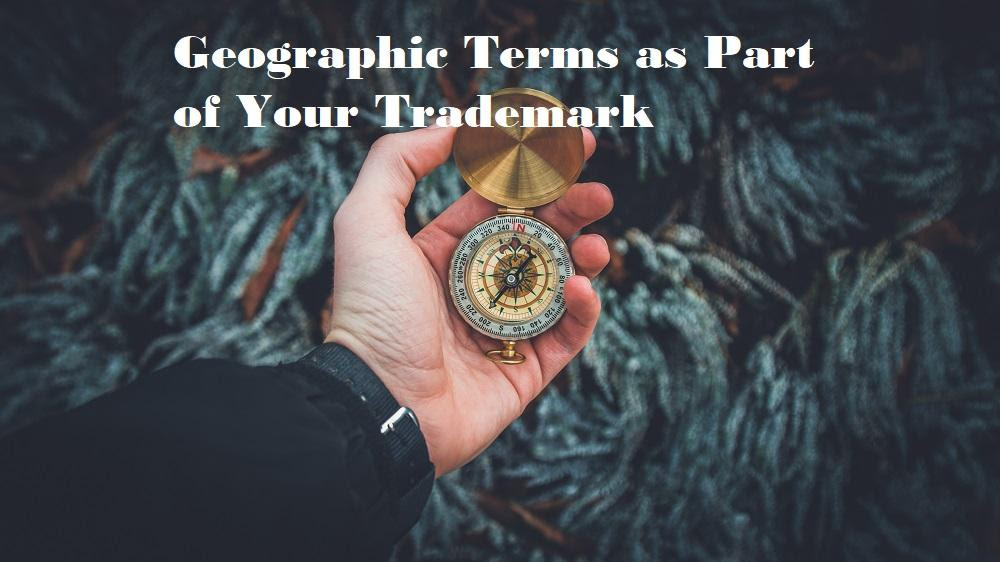To be protectable, a trademark must be “distinctive.” This means it must be used to identify the source of the product or service.
Courts classify marks into categories of distinctiveness. The most distinctive marks are those that are arbitrary or fanciful. Examples include EXXON for gasoline and APPLE for electronics.
Suggestive marks, those that require some imagination to determine the nature of the goods or services, are also protectable. An example is MUSTANG for fast cars.
A descriptive mark receives trademark protection only if the mark’s owner can prove that the mark has acquired “secondary meaning” in the minds of the relevant public. In other words, consumers must associate the mark with a unique source and think of the term as a brand name rather than as a description.
For example, TV GUIDE is descriptive of a guide to TV programs, but because of its extensive advertising, promotion, and public recognition, this mark has achieved secondary meaning and is protectable.
A generic term is the name for a general class of product or service. Take, for example, a shoe manufacturer with a line of sandals branded as SANDALS. When consumers see that term, they’ll think of open shoes with straps from any manufacturer, not just your brand. Generic terms receive no trademark protection.
Geographic terms (sometimes referred to as geographic designations) identify—or misidentify—regional origin. A geographic term in a mark might, for example, be a street (“Pine Street Bakery”), a river (“Deschutes Brewery”), a mountain (“Mt. Adams Pizza”), a state (“Oregon Shakespeare Festival”), or a nickname for a place (“Emerald City Pilates”).
Geographic terms are categorized the same as other marks, that is, a mark that includes a geographic term can be descriptive (or misdescriptive), suggestive, or arbitrary/fanciful.
As with other descriptive marks, a trademark that mainly describes the geographic origin of a product or service is not protectable unless the mark has acquired secondary meaning. Otherwise, the term is seen as merely describing the location where the product is grown or made or where the services are provided.
A mark containing a geographic designation is also protectable when the use of the geographic term is suggestive or arbitrary, that is, the geographic designation doesn’t have any geographic significance in association with the particular goods or services.
When a geographic term misleads consumers into believing that the product originates from a particular area but it does not, the term is not protectable as a trademark, even when the mark has achieved secondary meaning.
For example, “Yakima Diamond Hops” might be found to be “deceptively descriptive” as a trademark for hops grown in Ohio, since the vast majority of hops grown in the United States are grown in Yakima County, Washington, and many people shopping for hops would believe hops sold under such a mark to have been grown in Yakima County.
Regional certification marks are a different type of geographical mark. These types of marks certify that a good or service originates in a certain geographic region and can be registered, even without secondary meaning, if the public will understand that the goods or services containing the regional certification trademark come only from the region described by the mark.
Examples are ROQUEFORT for cheese from the Roquefort region of France and IDAHO for potatoes grown in Idaho.
The owner of a geographic certification mark controls use of the mark by others, who can apply the mark to their goods or services to indicate to consumers that the goods or services have been certified as meeting the standards set forth by the certification mark’s owner.
Please feel free to contact us if you need help choosing, registering, or enforcing your trademarks.






